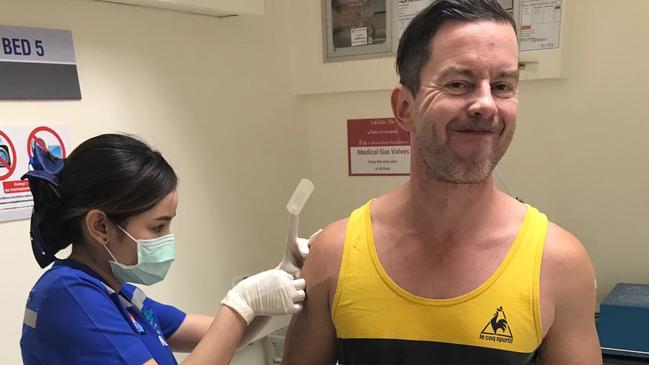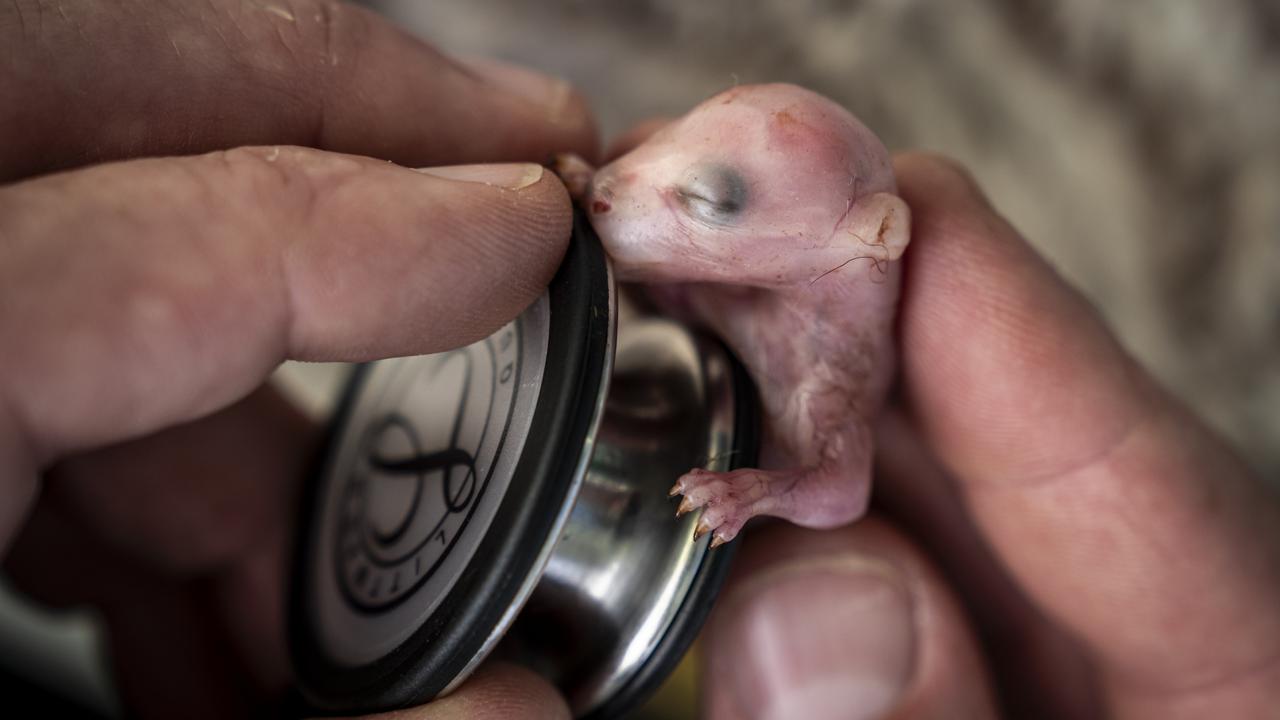Thailand devil dogs turn walk into rabies battle
When the dogs came towards me I was alert but not alarmed. If push came to shove, I had their measure. I was confident.

I turned the corner and there they were. A pair of sentries guarding the narrow country track leading to picturesque bat caves near the Khao Yai National Park in central Thailand that we planned to visit.
But guarding it from what? This track, and the back road leading to it, were rarely visited on foot except by foolhardy foreigners out on an early morning reconnaissance.
They were guarding it, as it turned out, from me.
So began my new year holiday encounter with the devil dogs. An encounter that didn’t really end until five weeks and several thousand dollars later in my local doctor’s surgery after five vaccinations to combat one of the most fearsome viral scourges known to man — rabies.
From the outset I want to acknowledge that I was a fool. For several moments standing there I contemplated trying to walk past the dogs, who were yappy and inquisitive but not intensely hostile. When they came towards me I was alert but not alarmed. If push came to shove, I had their measure. I was confident.
But then 30m away out of the bushes burst Thailand’s answer to the Hound of the Baskervilles. It charged right at me. One look into the remorseless pale brown eyes of this hyper aggressor and my fight turned to flight.
My defensive retreat was pathetic. Turns out you can’t get up any speed bent double with arm outstretched attempting to fend off a snarling pack.
The diminutive Thai nurses at the excellent local hospital I later went to asked: “Why did you not kick the dog?” Hard to explain dog-kicking was not the done thing in Australia. Maybe I had been conditioned by misplaced Western liberal soft green left values that dogs are man’s best friend.
The hound sank its fangs into my legs. I’m not quite sure how many times or how many dogs. But I had three wounds to show for it. I was shaken but considered that I got off lightly. I would have been happy with Band-Aids and Betadine, but back at the hotel my travelling companion, Michael, who had spent a year here on school exchange, was adamant. Hospital was a must. I was at risk of contracting rabies.
As my female doctor later explained, it was not just the dog that posed a risk. It was its saliva, the dirt in its mouth, whatever meat it might have been breakfasting on.
Have you had a rabies injection, the hospital wanted to know. I was vague. Did I get one that time I went to Laos? It is very rare for anyone in Australia to get the vaccine ahead of a trip. For a start, it is expensive and the actual vaccine and its boosters (I had five in all) are debilitating. As in you start feeling drunk and have to go to sleep for two hours and feel rubbish most of the next day.
Rabies is a “diabolical” disease, attacks the aggression centres of the brain, switching off all inhibitions including fear and pain. Incubation can take one week or one year, and symptoms include fever and unusual tingling or pricking near the wound. The virus then spreads to the central nervous system and you die. There is no cure.
People with rabies become hyperactive, scared of water or draughts of air, and die days later. A slower form of rabies means your muscles become paralysed and then you fall into a coma.
You can’t get tested. It can lurk in your system for years. And by the time you get symptoms, it is too late. And without immunoglobulin injections at the same time, the vaccine is rendered ineffective. In hospital my immunoglobulin was injected straight into my gently suppurating leg wounds. It was character-building.
But I couldn’t let it ruin my holiday. The next day I took my bandaged leg to a New Year’s Eve dance party in Bangkok, slightly worried I might look conspicuous with my hospital dressing. But the theme was White Party so I fitted right in.


